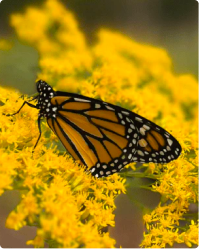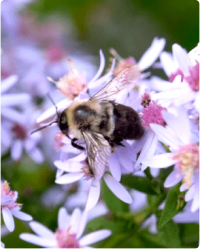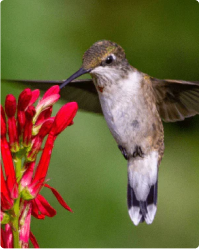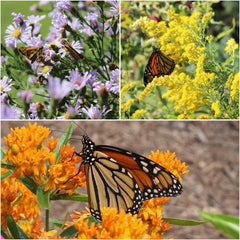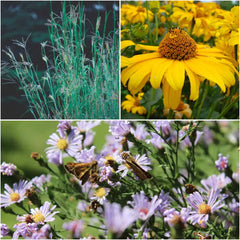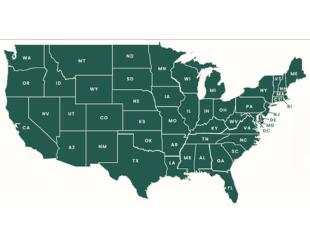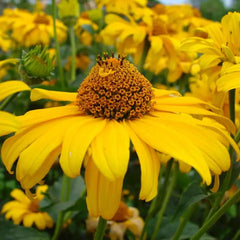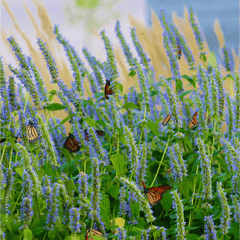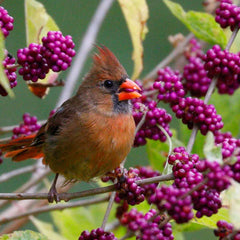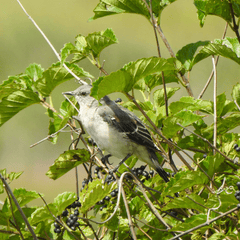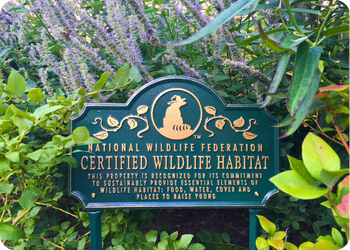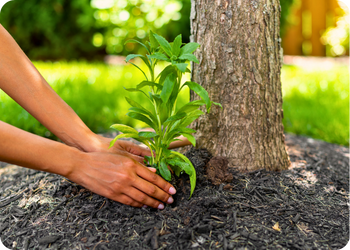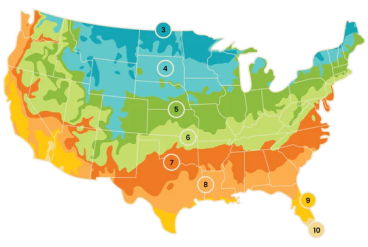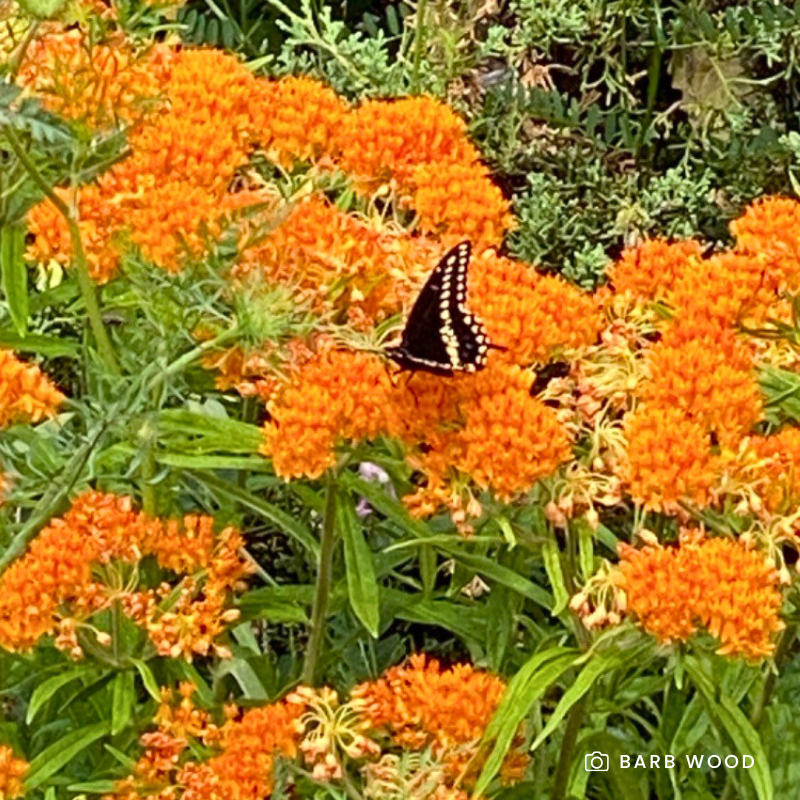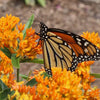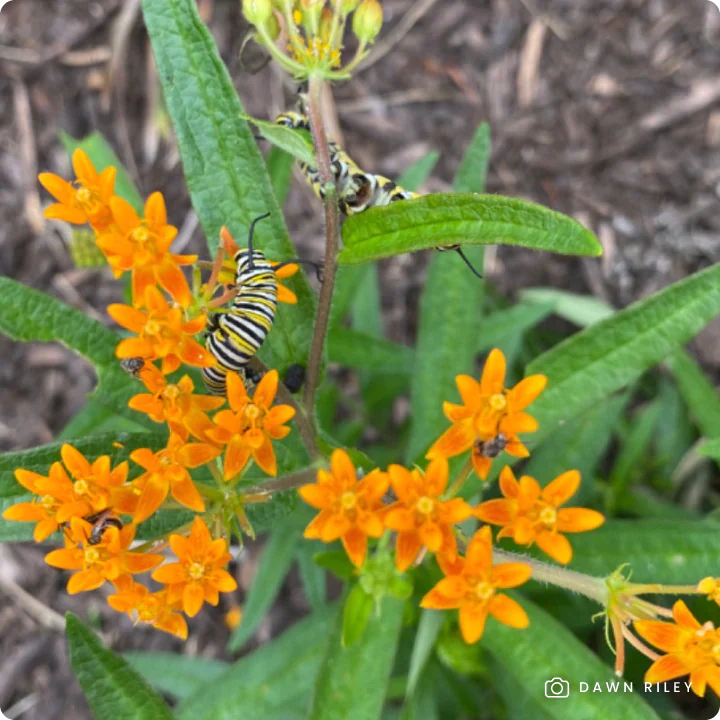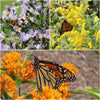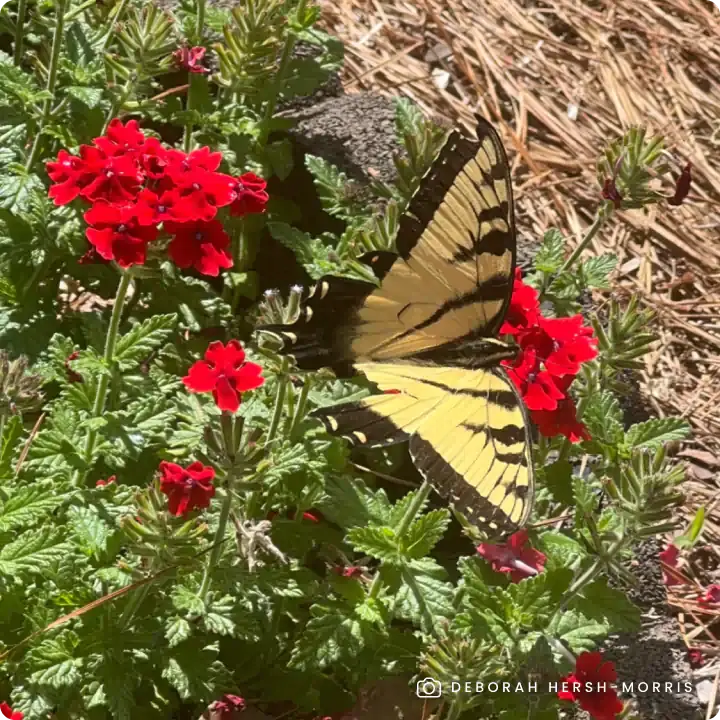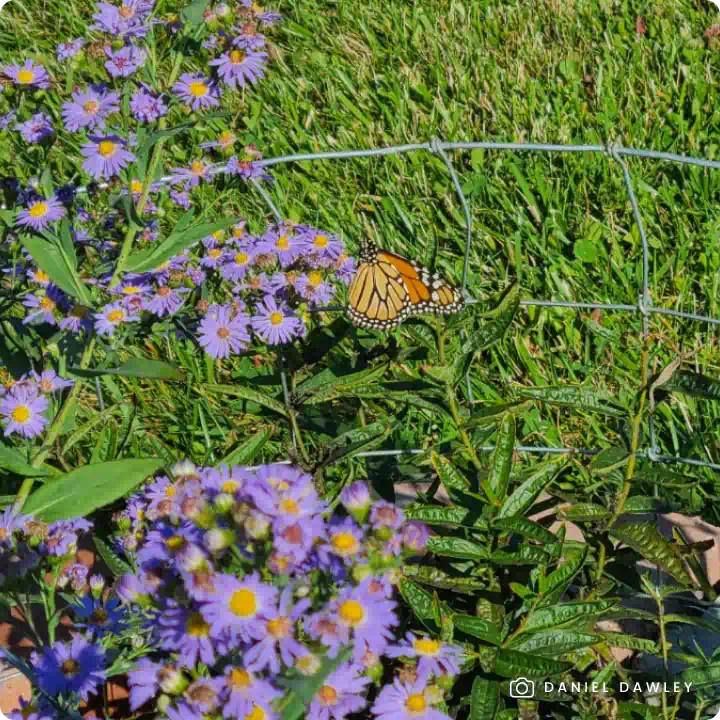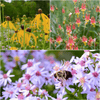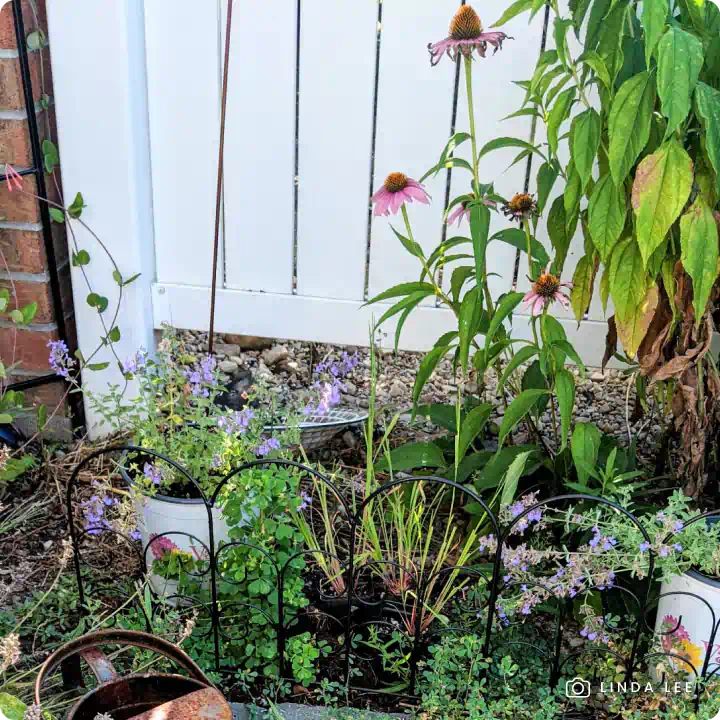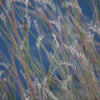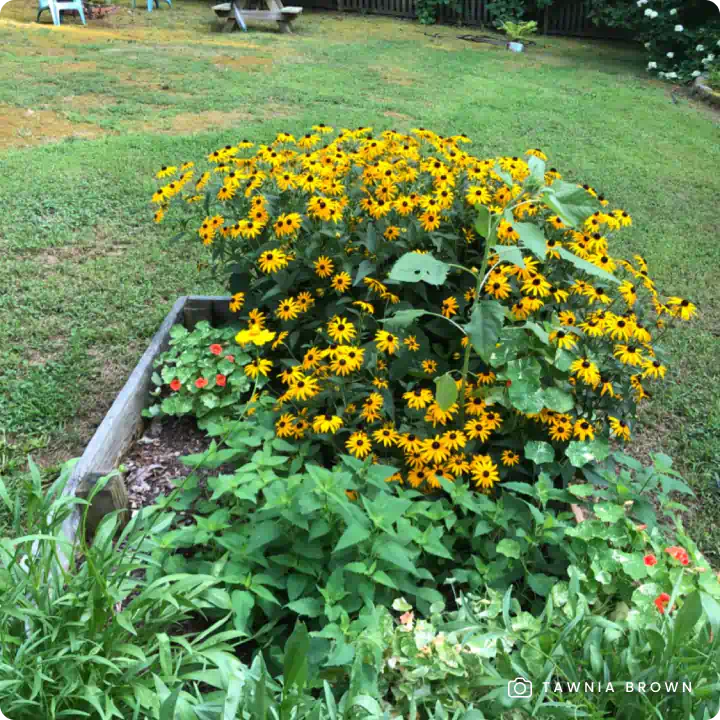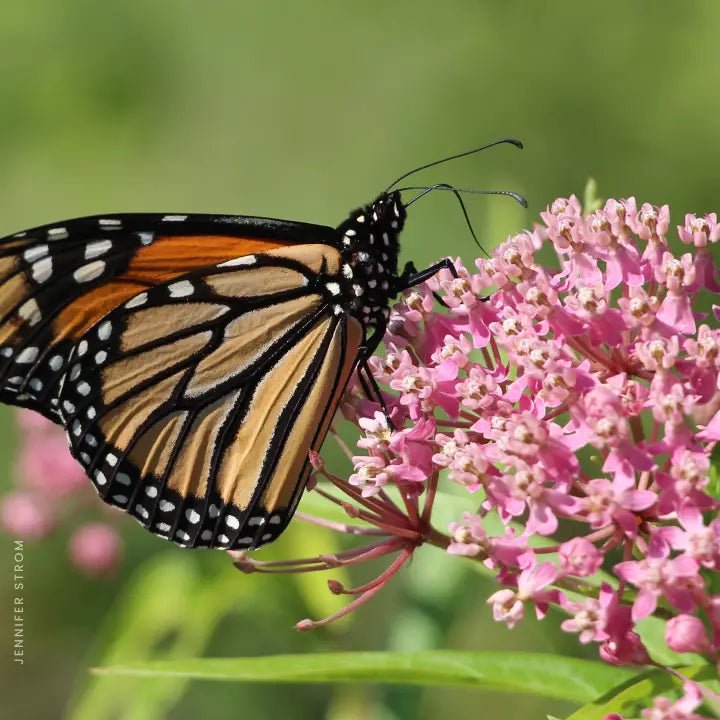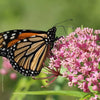Arrowwood Viburnum (Viburnum dentatum) is a hardy, multi-stemmed native shrub that brings year-round beauty and critical habitat value to your landscape. Growing 6–8 feet tall (sometimes up to 15 feet), this adaptable shrub forms a rounded, arching habit with glossy green leaves, creamy white spring flowers, and showy blue-black berries in late summer. As the season turns, its foliage lights up the landscape in shades of yellow, red, and burgundy, providing stunning autumn color.
This pollinator and wildlife-friendly shrub supports a wide range of species. Its nectar-rich blooms attract pollinators and butterflies such as Red Admiral, Eastern Comma, and Question Mark, while its foliage feeds spring azure butterfly and hummingbird moth caterpillars. Birds and small mammals feast on the nutritious berries, and the dense branches offer ideal nesting cover and shelter.
Arrowwood Viburnum is as functional as it is beautiful. The common name comes from its sturdy stems which were once used by Native Americans to make arrow shafts.
Key Features:
- Four-Season Beauty: From spring blooms to summer berries and bold fall color.
- Essential Wildlife Habitat: Provides food and shelter for birds, butterflies, and small mammals.
- Pollinator-Friendly: Nectar-rich blooms support native pollinators and host caterpillars.
- Adaptable & Low Maintenance: Tolerates a range of soils, light, and moisture levels.
- Bird Favorites: Fruits attract species like Eastern Bluebird, American Robin, and Northern Flicker.
- Pollinator-Safe: Grown non-GMO and free of harmful neonicotinoids, promoting a healthy ecosystem for pollinators and wildlife.
Planting Tips:
- Location: Grows best in full sun to part shade. Thrives in moist, well-drained soil, but tolerates clay, occasional drought, or flooding.
- Watering: Water regularly the first season; drought-tolerant once established.
- Spacing: Plant 4–6 feet apart to form a thicket or natural hedge.
- Maintenance: Minimal care required. If desired, prune in late fall or winter to remove dead or crossing branches and maintain shape. Mulch around the base to retain moisture and suppress weeds.
For more information on planting, view our How to Plant Your Native Plants guide and other planting tips in the Garden for Wildlife Learning Center.
Available as a single shrub in a one-gallon container—perfect for building structure, shelter, and seasonal color into your wildlife-friendly garden.
